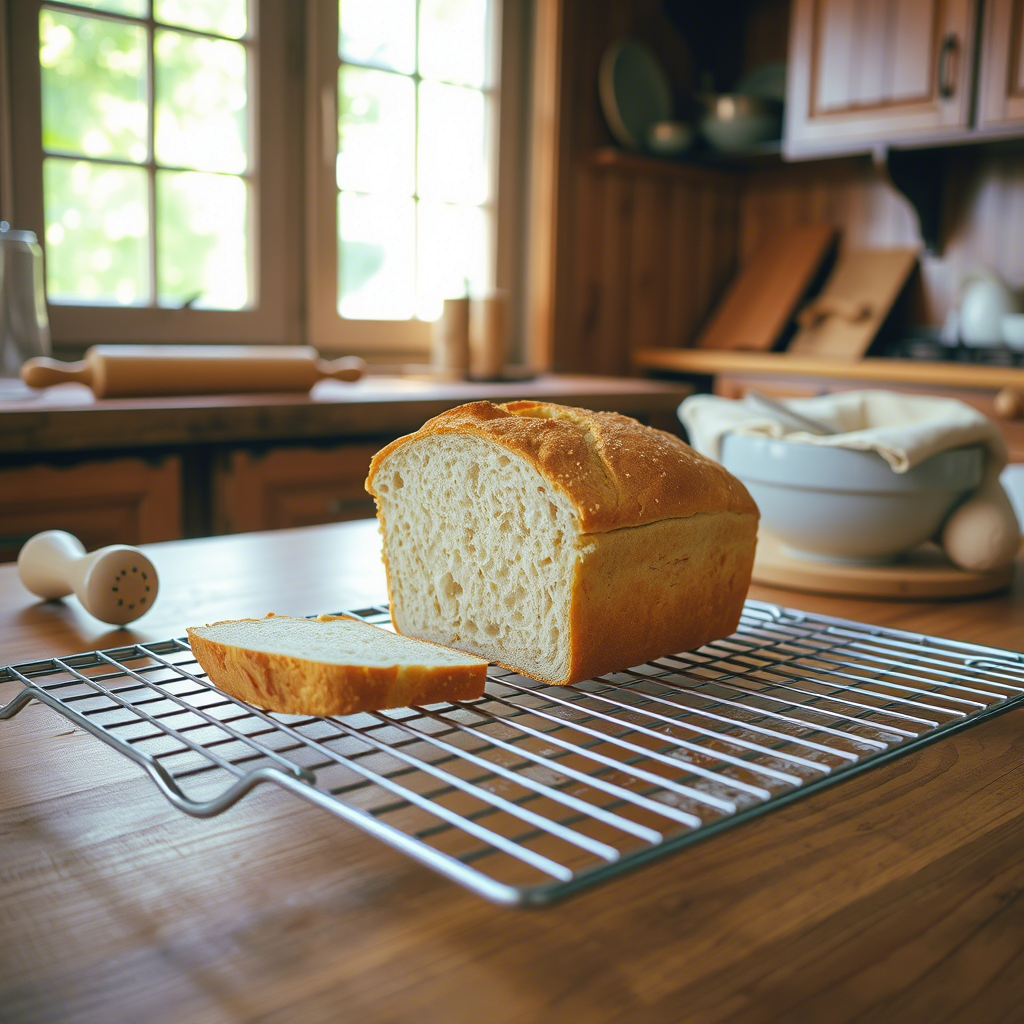Bread is more than just food—it’s a universal comfort. From warm slices slathered in butter to crusty loaves perfect for sandwiches, bread has been a staple in kitchens worldwide for centuries.
But what happens when you want to enjoy fresh, homemade bread without breaking the bank? The good news is that making delicious and affordable bread at home is easier than you think! In this article, we’ll explore cheap yet tasty bread recipes designed for everyday use.
Whether you’re a beginner baker or simply looking to save money while treating your family to something special, these tips and tricks will help you create mouthwatering breads right in your own kitchen.
1. Why Homemade Bread Makes Sense
Buying bread from the store can add up quickly, especially if you have a large household or specific dietary needs. Making bread at home not only saves money but also allows you to control ingredients, ensuring it’s healthier and free of preservatives. Plus, there’s nothing quite like the aroma of freshly baked bread filling your home—a sensory delight that makes baking worthwhile.
For instance, did you know that basic bread recipes often require just four key ingredients: flour, water, yeast, and salt? These staples are inexpensive and readily available, making them ideal for budget-conscious cooks. By mastering simple techniques, you can turn these humble ingredients into an array of delightful breads, from soft dinner rolls to hearty whole-grain loaves.
Tip: Start with a no-fuss recipe like “No-Knead Bread,” which requires minimal effort and delivers impressive results every time.
2. Affordable Ingredients That Deliver Big Flavor
One common misconception about homemade bread is that it needs fancy ingredients to taste great. However, some of the most flavorful breads come from ordinary pantry items. Here’s how you can elevate your loaves without spending a fortune:
- Whole Wheat Flour: Packed with nutrients, whole wheat flour adds texture and depth to any bread. It’s slightly more expensive than all-purpose flour, but its health benefits make it worth the investment.
- Oats and Seeds: Adding rolled oats, flaxseeds, or sesame seeds to your dough enhances flavor and nutrition. Plus, they’re incredibly affordable!
- Honey or Molasses: Instead of refined sugar, try using natural sweeteners like honey or molasses. They lend a rich, caramel-like taste to your bread while keeping costs low.
By experimenting with these cost-effective ingredients, you can craft unique breads tailored to your preferences. For example, try mixing oats and honey for a breakfast-friendly loaf or adding seeds for a savory option perfect for sandwiches.
3. Easy Techniques Anyone Can Master
Baking bread doesn’t need to be intimidating. With a few straightforward techniques, even beginners can achieve professional-quality results. Let’s break down two essential methods:
- The No-Knead Method: This technique eliminates the need for manual kneading by allowing the dough to rise slowly over several hours. Simply mix your ingredients, let the dough rest, shape it, and bake. The result? A crispy crust and chewy interior reminiscent of artisanal bread.
- Using a Dutch Oven: If you want a perfectly golden crust, baking in a Dutch oven is a game-changer. The enclosed environment traps steam, creating a crackling crust similar to what you’d find in a bakery.
Additionally, consider investing in a silicone mat or parchment paper instead of purchasing expensive tools. These small changes streamline the process and reduce cleanup time.
4. Budget-Friendly Variations to Try
Once you’ve mastered the basics, it’s time to experiment with variations that suit your taste buds and wallet. Below are three budget-friendly ideas to get you started:
- Flatbreads: Naan, pita, or tortillas are quick to prepare and pair well with almost any meal. All you need is flour, water, oil, and spices.
- Focaccia: Drizzle olive oil onto a flat sheet of dough and top with herbs, cherry tomatoes, or olives for a rustic Italian treat.
- Cinnamon Rolls: Sweeten your mornings with cinnamon rolls made from leftover bread dough. Dust them with powdered sugar for extra indulgence.
Each variation uses similar base ingredients, so you won’t waste resources trying new recipes. Plus, these versatile options cater to both sweet and savory cravings.
5. Inspiring Stories and Practical Tips
Baking bread isn’t just practical—it’s deeply rewarding. Many people find solace in the rhythmic act of mixing, shaping, and waiting for their creations to rise. Consider Sarah, a single mother who began baking bread as a way to bond with her children during lockdown. Her homemade loaves became a source of pride and joy for her family, turning mundane days into memorable moments.
To inspire creativity, here’s a final tip: keep a journal of your baking adventures. Note down successful experiments, adjustments, and lessons learned. Over time, this record will become your personal guide to crafting the perfect loaf.
Conclusion
Making cheap but tasty bread at home offers countless advantages: saving money, improving health, and fostering connection through shared meals.
By starting with simple recipes, leveraging affordable ingredients, and mastering easy techniques, anyone can enjoy fresh, homemade bread daily. Remember, baking is a journey filled with learning and discovery. So why not roll up your sleeves and give it a try?
We’d love to hear about your experiences! Have you tried any of these recipes? What challenges did you face, and how did you overcome them? Share your thoughts in the comments below, and don’t forget to tag us in photos of your creations on social media. Happy baking!

Thayná Alves is an influential digital content creator who has carved out a significant space in the realms of technology, finance, and entrepreneurship. Through her blog, Newbacker.com , she stands out as an authentic and accessible voice for individuals seeking practical information about investments, innovation, and emerging trends in the financial market.

